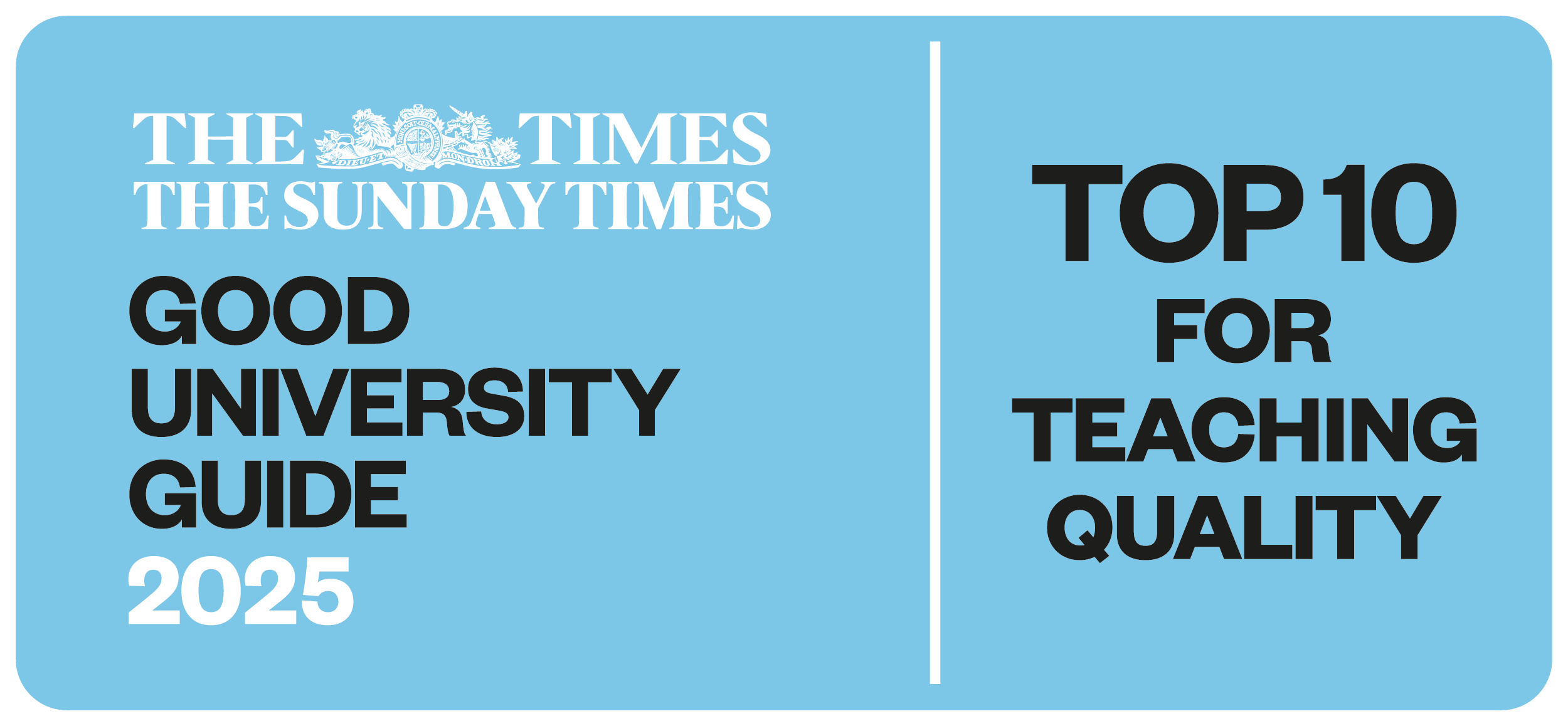A Hartpury University academic has contributed to the latest National Hedgehog Conservation Strategy, published by leading wildlife charities People’s Trust for Endangered Species (PTES) and The British Hedgehog Preservation Society (BHPS).
The strategy has been created in response to trends highlighted in the State of Britain’s Hedgehogs 2022 report, also published by BHPS and PTES, which revealed that native hedgehogs have declined by between 30-75% in rural areas since 2000. To tackle this ongoing decline, BHPS and PTES have worked collaboratively with over 30 leading conservation NGOs, academics, educational institutions, hedgehog rehabilitators and organisations within the transport and farming sectors*, to create a topline, national strategy that can guide the change that’s desperately needed.
The strategy has been designed for conservation NGOs, local councils, farmers, land managers and Government. It highlights the factors causing a decline in native hedgehog populations which urgently need addressing over the coming decade to halt the decline and restore numbers in rural and urban Britain. It was developed through a collaborative process facilitated by the Conservation Planning Specialist Group (CPSG) of the International Union for Conservation of Nature’s Species Survival Commission. The CPSG has supported governments, NGOs, and civil society groups worldwide for more than 40 years, designing and facilitating strategies to recover threatened species.
The process to develop the National Hedgehog Conservation Strategy brought together experts to identify key threats - including habitat fragmentation and a decrease in natural invertebrate prey – and how to overcome them. The strategy will evolve as new research findings become available and will act as a framework and reference point for all actions relating to hedgehogs in Britain. It also complements the National Hedgehog Monitoring Programme, launched earlier this year by BHPS and PTES, which will provide invaluable data on population changes at a local and national level.
While the new strategy is designed for industry, there are numerous ways members of the public can continue to help hedgehogs – especially as autumn sets in and they look ahead to hibernation.
For those with a garden, creating 13cm holes in or under a garden fence – known as Hedgehog Highways – to connect neighbouring gardens, is the best starting point. This is crucial as it allows hedgehogs, which are nocturnal, to move between green spaces searching for food, shelter and mates. Once connected, creating wild patches, providing water and places to nest such as leaf and log piles or a hedgehog house, are all great ways to help. And, as autumn draws in, it’s paramount to check for hedgehogs before lighting any bonfires or before mowing or strimming the garden. These actions will help to address key threats identified in the new strategy at a local level.
Nida Al-Fulaij, Co-Author of the National Conservation Strategy and CEO of People’s Trust for Endangered Species (PTES) explains: “By identifying the key threats hedgehogs are facing and how they are all connected, we can better understand the actions needed to address them; but we can’t do this alone. The National Hedgehog Conservation Strategy acts as a framework for collaboration between policymakers, conservationists, landowners, rehabilitators and communities. Coordinated efforts nationally, regionally and locally are the only way we can achieve our ambition of halting the decline in hedgehogs and ensuring that this iconic native species becomes a common sight in our towns and countryside once again.”
Lucy Bearman-Brown, Senior Lecturer at Hartpury University added: “Hedgehogs are desperately under threat, as is so much of biodiversity, and it is only by working together that any conservation action can be successful. This strategy highlights exactly that – a wide range of organisations collaborating to work out a way forward. Its been an exciting project to contribute to, and one I am excited to share with my students.”
Hartpury University has a history of contributing to hedgehog conservation projects. Earlier this year, more than 200 delegates from more than 14 countries headed to the Gloucestershire institution for the International Hedgehog Rehabilitation Conference. Research has also been carried out to explore how dogs could find hedgehogs efficiently before their habitat is cleared in land development projects, allowing them to be moved out of harm’s way.
Animal students can get involved in a range of research projects and activities during their studies, gaining vital skills and contributing to positive change in areas including conservation.
To read the full National Hedgehog Conservation Strategy, visit: www.hedgehogstreet.org/conservation-strategy
For more information, free advice and ways to help hedgehogs wherever you live, visit www.hedgehogstreet.org








